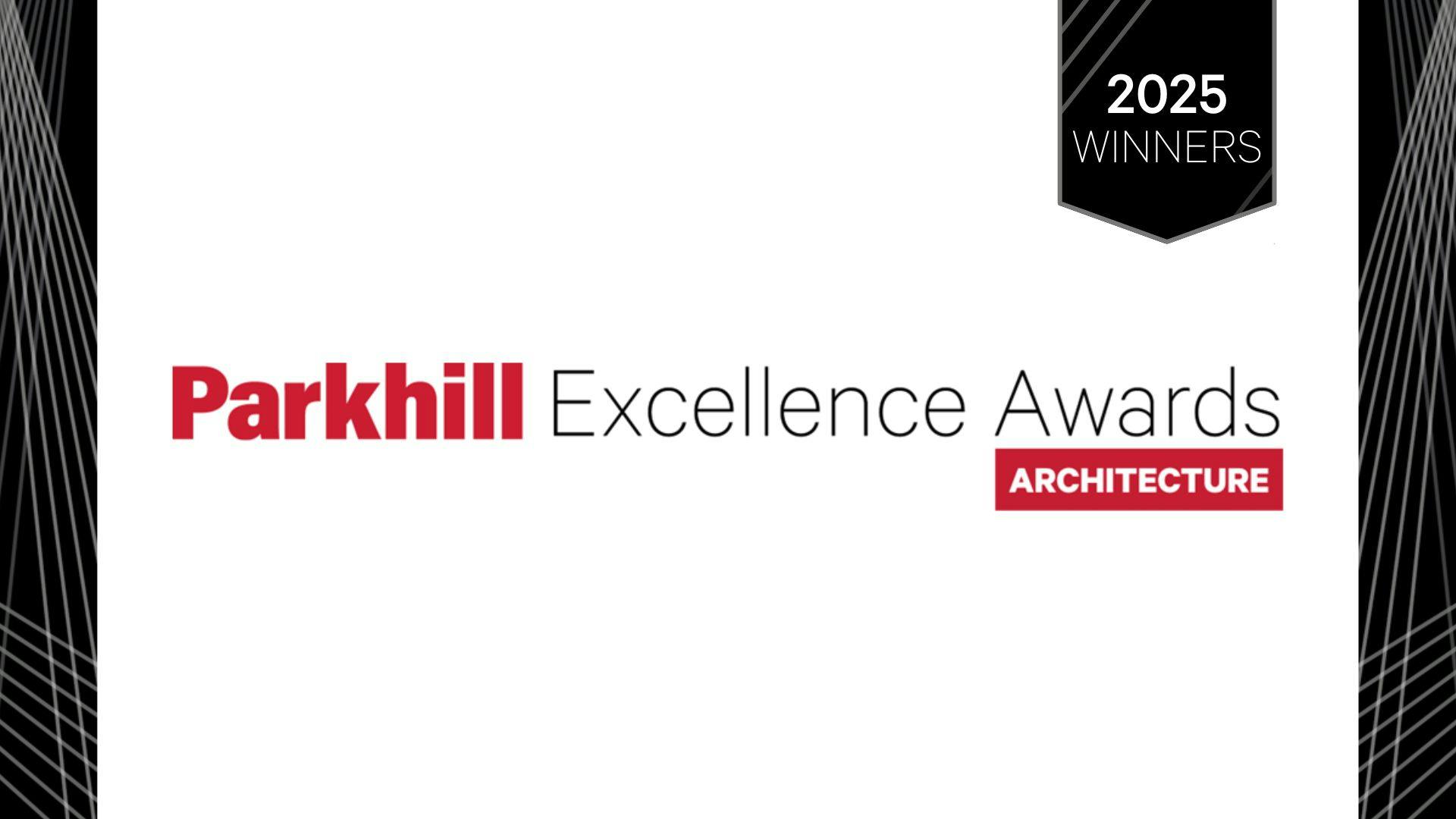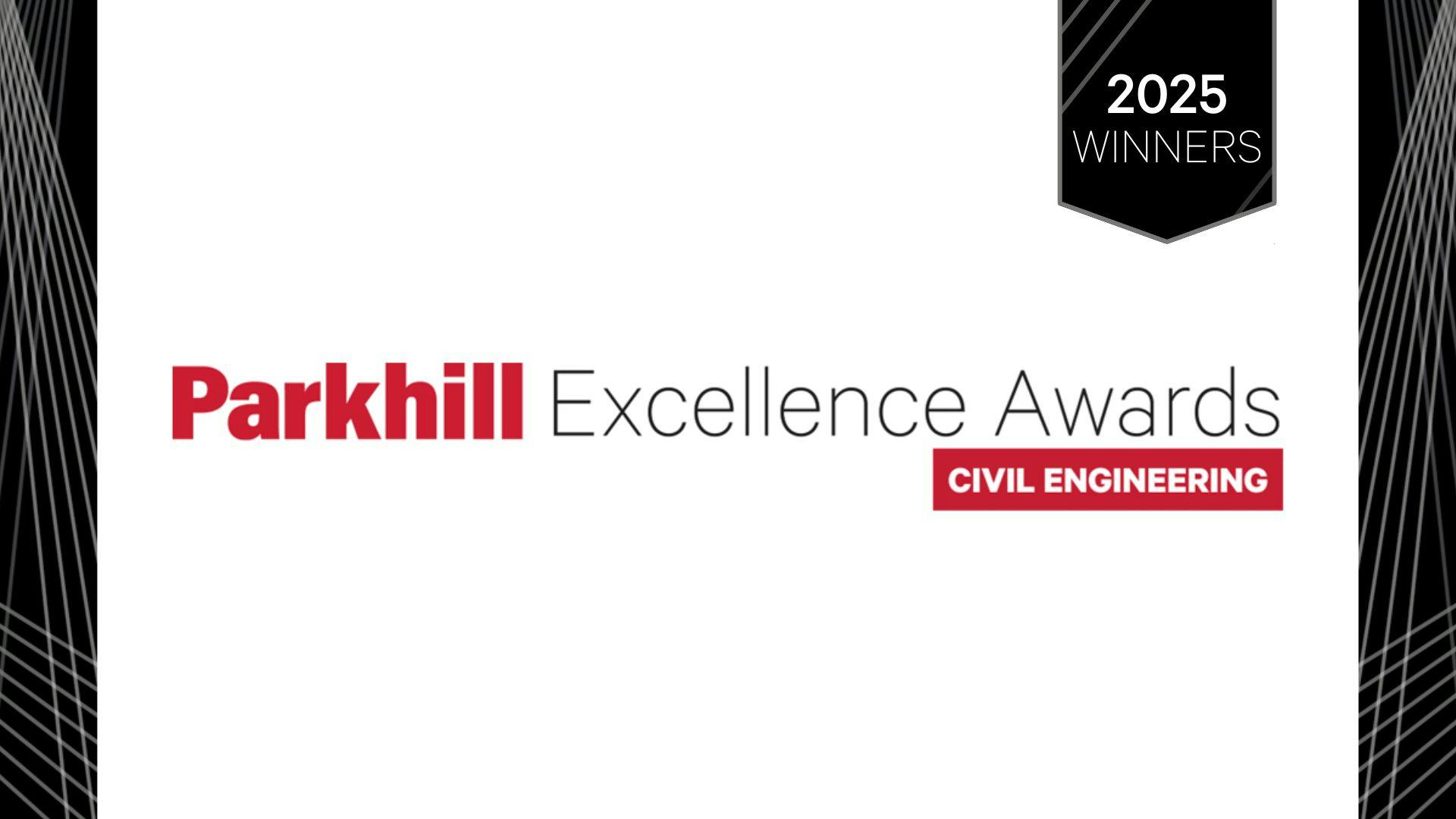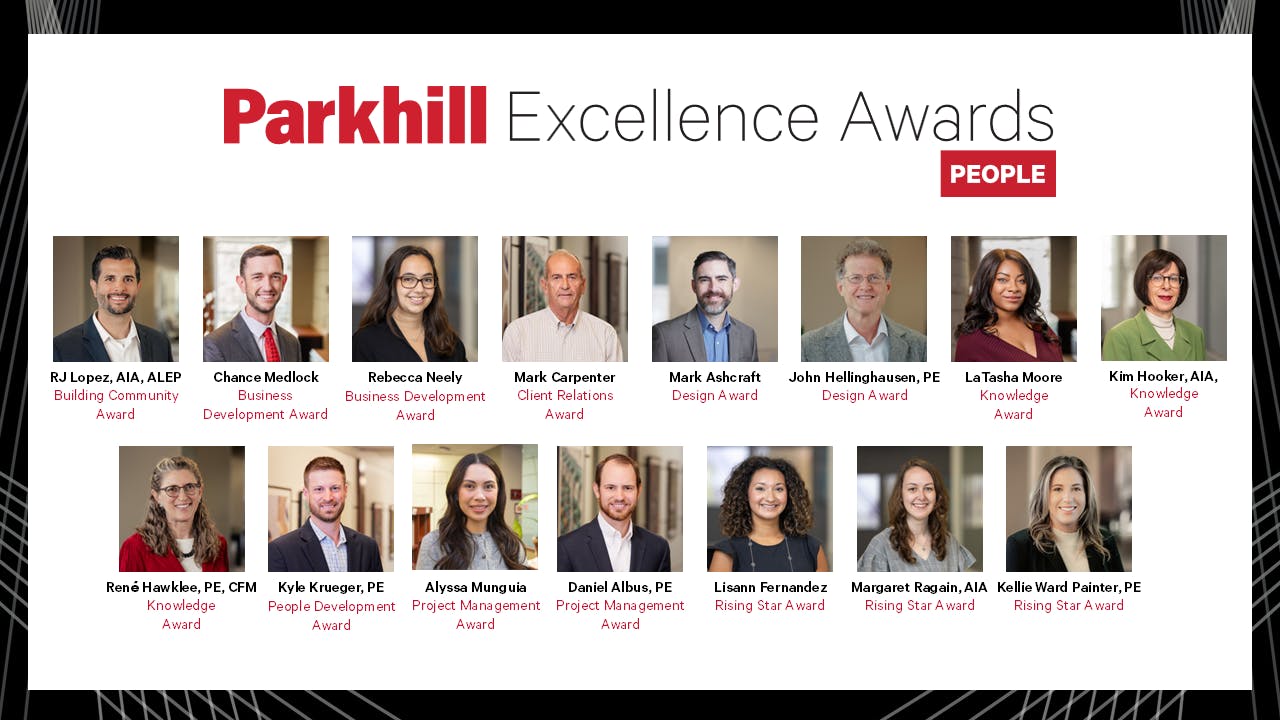MEP/Structural: Get to Know Jared Higgins
Category: Mep
Written By: Valerie Edgren
Date: January 31, 2022

Jared Higgins, PE, CEM, GGP, is a Principal and senior practice leader in Parkhill’s MEP / Structural Sector. He brings more than 18 years of experience in mechanical and energy engineering in the heating, ventilating, and air conditioning (HVAC) field. Jared also serves as a Parkhill client manager for multiple Texas state agencies. He has served as the vice president of the Association of Energy Engineers and was the inaugural columnist for energy modeling for the ASHRAE Journal. He has been recognized as a Top 40 under 40 professional by Building Design + Construction Magazine, Consulting-Specifying Engineer Magazine, and Control Engineering Magazine.
Q. What values set Parkhill apart for you - real innovation, personal ownership, engaging collaboration, deepening credibility, life balance, contagious passion, enduring relationships, inspired contribution, unassuming influence, informed insight, or humble leadership?
From my perspective, I don’t think that just one value sets Parkhill apart. I believe each person at Parkhill exhibits multiple values that comprise their character. At each phase of my career, I’ve discovered that these values shift to align with a new focus. One of the values that has become more prevalent is that of enduring relationships. I’ve forged many relationships both inside and outside of Parkhill, and it’s easy to understand why so much of our work comes from repeat clients. Our projects form partnerships that last for years, even decades, because we are aligned on a common goal.
Q. What project has given you a passion for your expertise?
 With almost 20 years at Parkhill, I can’t even count the hundreds of projects I’ve touched. I’ve had the opportunity to not only work in Texas but also across the United States, Caribbean, Europe, and Asia. Many of the initial projects that I began working on at Parkhill were indoor air quality improvement projects for government-dependent schools across the country. Having the opportunity to see the conditions that some of these kids were having to attend school in, designing a mechanical system that helped improve the air quality, and then getting to go back to see the difference in atmosphere was very powerful. With today’s concern over airborne contaminants, indoor air quality is just as important now as it was when I started with Parkhill.
With almost 20 years at Parkhill, I can’t even count the hundreds of projects I’ve touched. I’ve had the opportunity to not only work in Texas but also across the United States, Caribbean, Europe, and Asia. Many of the initial projects that I began working on at Parkhill were indoor air quality improvement projects for government-dependent schools across the country. Having the opportunity to see the conditions that some of these kids were having to attend school in, designing a mechanical system that helped improve the air quality, and then getting to go back to see the difference in atmosphere was very powerful. With today’s concern over airborne contaminants, indoor air quality is just as important now as it was when I started with Parkhill.
Q. Tell us about your honors, awards, or a fascinating experience in your career.
Parkhill is very supportive of participation in professional societies, hence the value for inspired contribution. For several years, I was given the opportunity to serve on an executive committee with the Association of Energy Engineers. During this time, I was able to work with a government liaison to help shape legislation impacting energy usage for the built environment and develop education requirements for energy management and auditing for professionals accredited through the United States Department of Energy. I met with several well-known climate activists, including Alexandra Cousteau, Arnold Swarzenegger, former President Bill Clinton, Condoleezza Rice, and former President George W. Bush. Having the opportunity to hear multiple viewpoints on energy and climate issues has strengthened the need for engaging collaboration to find solutions.
Q. What do you think is the next challenge in your field?
One of the biggest challenges that we are facing is optimizing ventilation in buildings to create healthy environments while balancing energy usage. Throughout the pandemic, the need to ensure that occupied spaces have adequate fresh air has been a renewed central focus; however, that requires additional energy to provide it. In this decade, the future of reducing energy usage in buildings down to near (or even net) zero is still a focus of many end-users. Our challenge continues to be finding innovative methods to balance out both health and energy use in a variety of buildings and settings.
Q. Looking forward, where do you see your (industry or practice) going in the next 20 years?
Looking back over the past 20 years, I see that the building industry has definitely changed, but not to the level of other industries. If you compare how you use your cell phone or computer today to how you used it 20 years ago, it is radically different. I think that buildings are going to experience this level of change over the next 20 years. Historically, people had to adapt to buildings and the related systems (HVAC, lighting, etc.). With the capabilities of 5G and the rise of analytics, building control networks will start to adapt in response to people. The study of Human Building Interaction (HBI) is still in its infancy, but it’s going to be drastically different in 20 years. It’s exciting and terrifying at the same time! I can’t wait to be a part of it!


